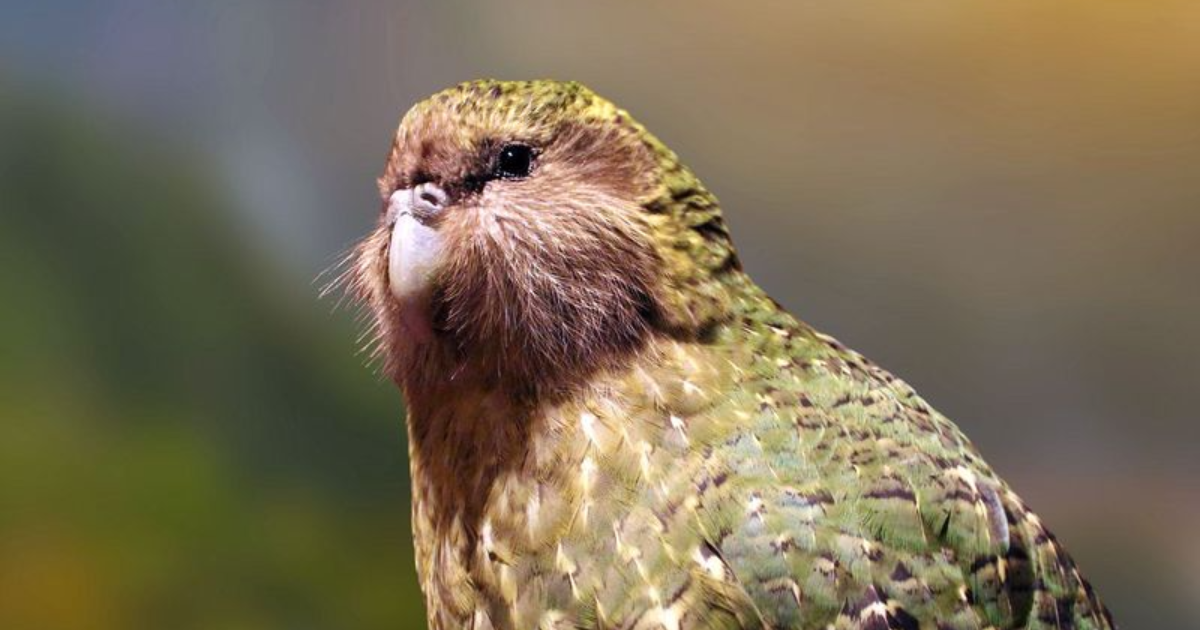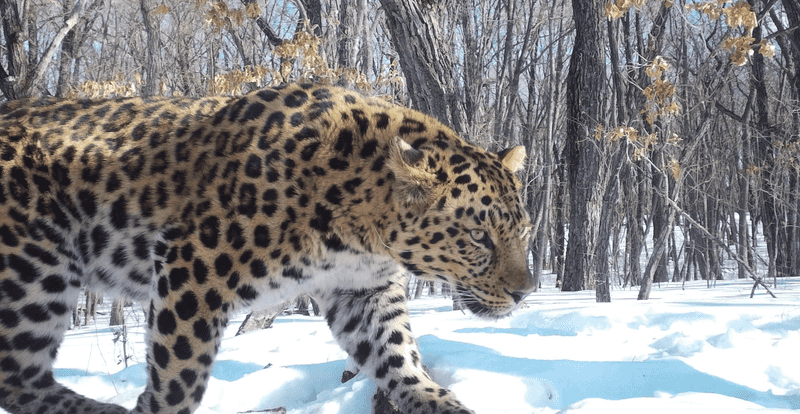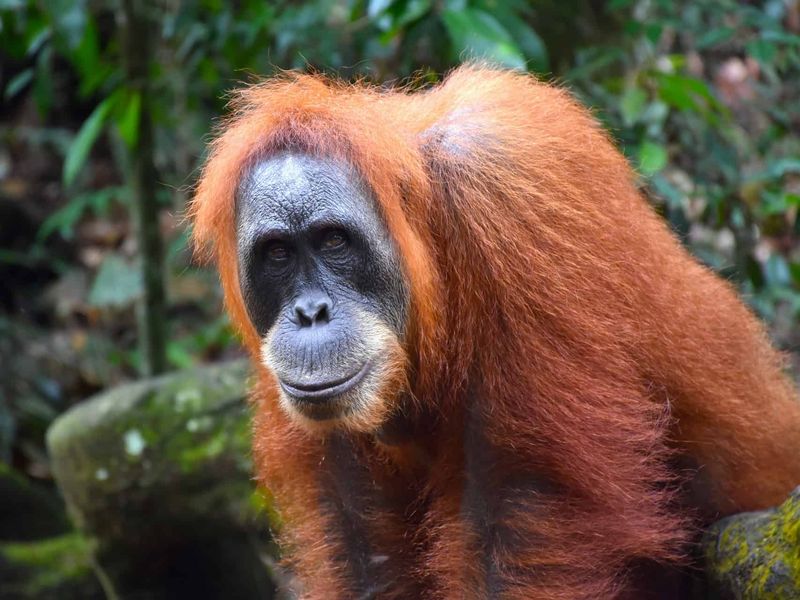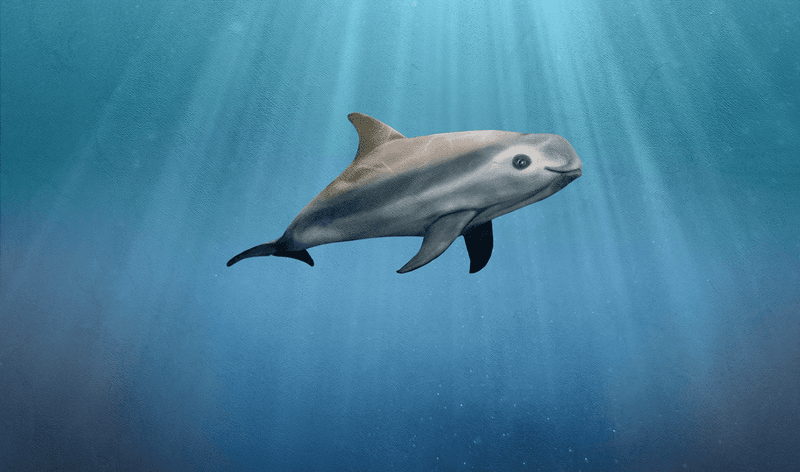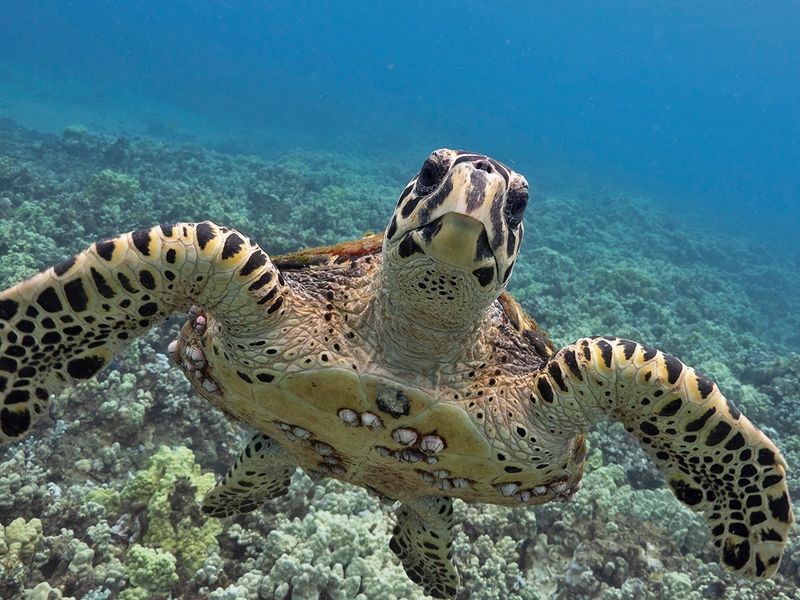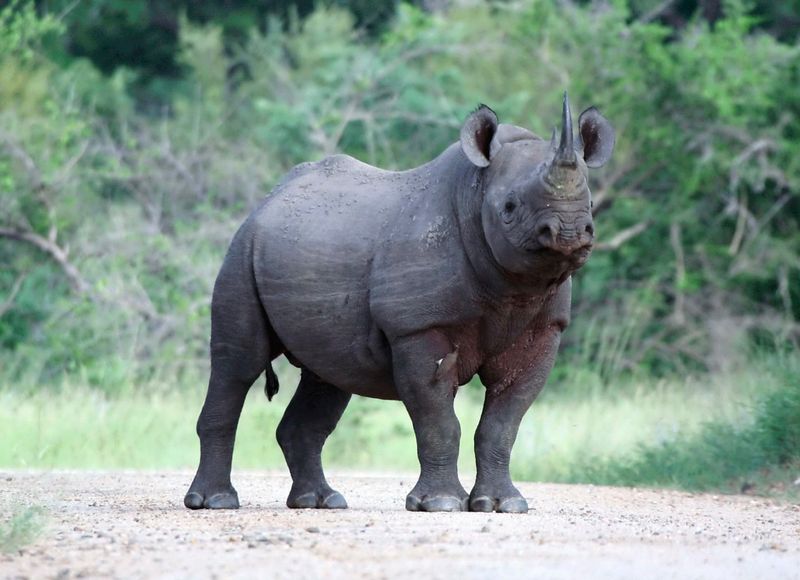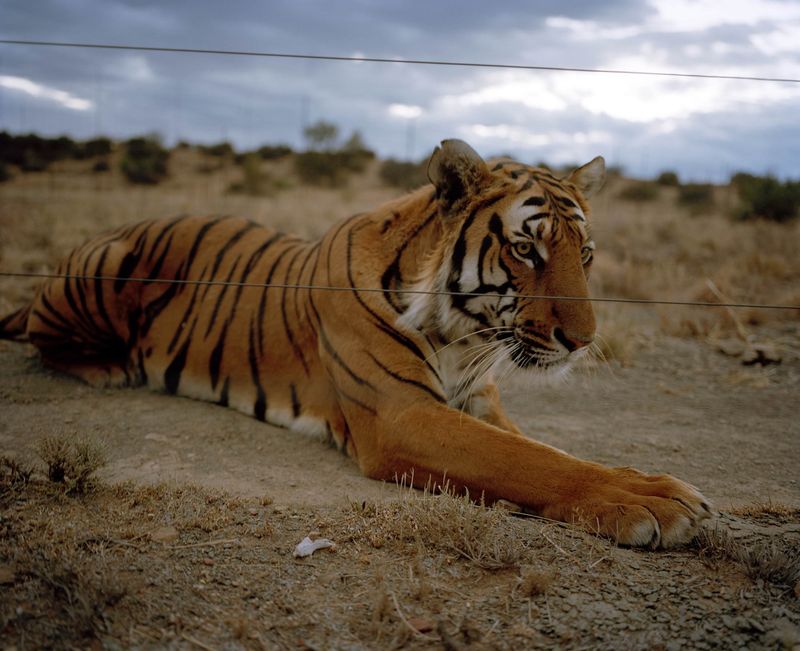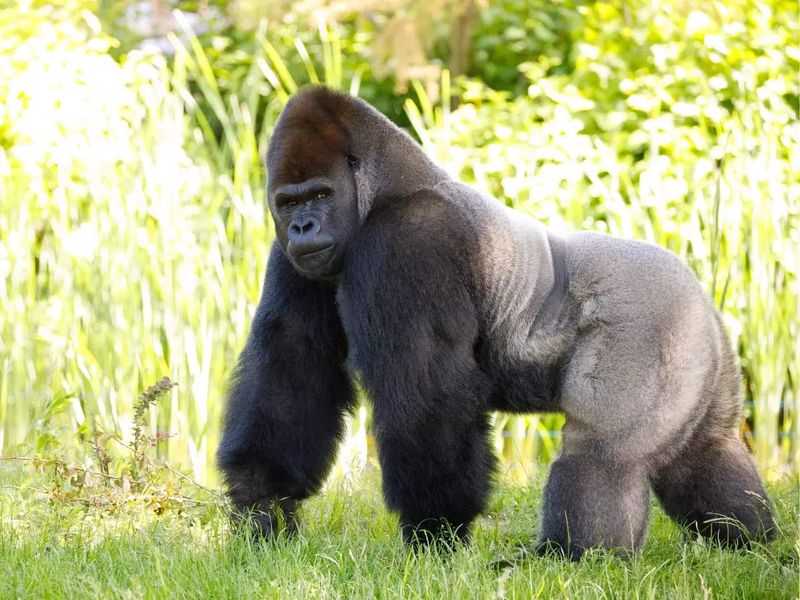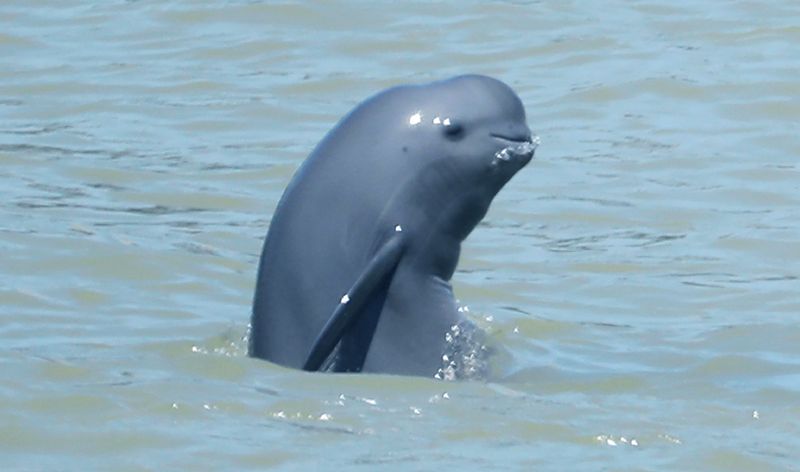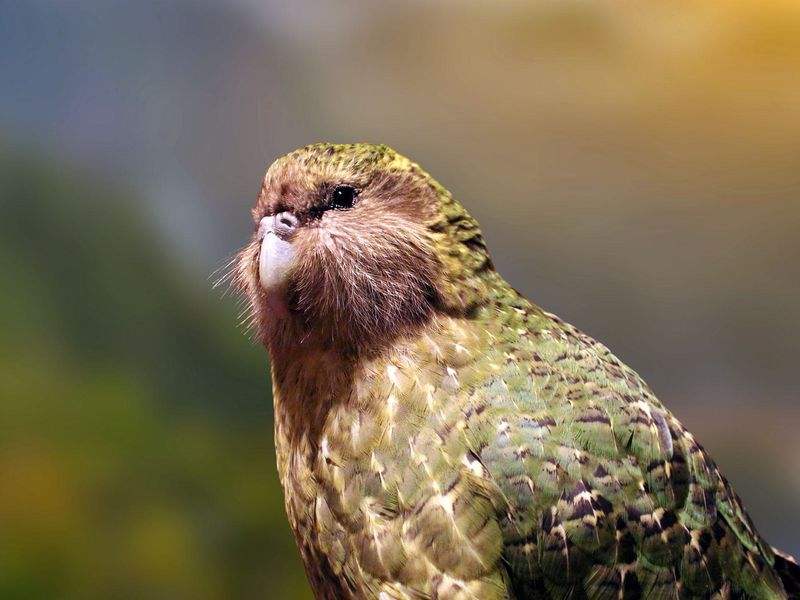📖 Table of Content:
Our planet is home to a vast array of incredible and unique creatures, each playing a vital role in maintaining the delicate balance of our ecosystems.
Unfortunately, many of these animals are on the brink of extinction due to human activities, climate change, and habitat destruction. In this article, we will explore 10 incredible animals that are facing the threat of extinction, highlighting the urgent need for conservation efforts.
Join us as we delve into the world of these remarkable species and discover how we can help protect them for future generations.
10. Amur Leopard
The Amur Leopard, scientifically known as Panthera pardus orientalis, is one of the world’s rarest big cats. Found primarily in the forests of Eastern Russia and parts of China, this majestic animal is critically endangered, with fewer than 100 individuals estimated to remain in the wild.
Its thick, spotted fur coat allows it to blend seamlessly into its snowy habitat, making it an adept hunter. However, this beautiful coat has also made it a target for poachers, contributing to its dwindling numbers.
Conservation efforts have been implemented to protect the Amur Leopard’s habitat and reduce poaching, but more support is needed. By raising awareness and supporting conservation organizations, individuals can contribute to the survival of this magnificent species, ensuring that future generations can witness the beauty of the Amur Leopard.
9. Sumatran Orangutan
The Sumatran Orangutan, a critically endangered species, inhabits the dense rainforests of Sumatra, Indonesia. These intelligent primates are known for their striking red-orange fur and their highly developed problem-solving skills.
Deforestation and illegal hunting pose significant threats to their survival, with their population decreasing rapidly in recent years.
Conservationists are working tirelessly to preserve their natural habitat and rehabilitate individuals rescued from captivity or conflict areas. By supporting eco-friendly products and conservation initiatives, we can help protect the Sumatran Orangutan and its forest home, ensuring its presence in our world’s biodiversity tapestry.
8. Vaquita
The Vaquita, a small and elusive porpoise, resides in the northern part of the Gulf of California. Known for its distinct facial markings, this marine mammal is critically endangered, with only about ten individuals left in the wild.
The primary threat facing the Vaquita is bycatch in illegal gillnets used for fishing another endangered species, the totoaba fish.
Efforts to remove these gillnets and enforce fishing regulations are crucial for the Vaquita’s survival. Public awareness and support for sustainable fishing practices are vital to aid in the protection of this unique species. By choosing seafood from responsible sources, consumers can play a part in saving the Vaquita from extinction.
7. Hawksbill Turtle
The Hawksbill Turtle, a critically endangered marine species, is found in tropical coral reefs around the world. Recognized for its beautifully patterned shell, it plays an essential role in maintaining the health of coral ecosystems.
This turtle faces threats from illegal poaching for its shell, habitat loss, and pollution. Efforts to protect nesting sites and reduce marine debris are ongoing to safeguard their populations.
By supporting marine conservation programs and reducing plastic use, individuals can help protect the Hawksbill Turtle and its habitat. Education and advocacy are key in ensuring future generations can enjoy the presence of these incredible creatures in our oceans.
6. Javan Rhino
The Javan Rhino, one of the rarest large mammals on Earth, is found only in Ujung Kulon National Park in Indonesia. This critically endangered species has a tiny population, with fewer than 75 individuals surviving.
Due to habitat loss and poaching for their horns, these rhinos face a precarious future. Conservation efforts focus on habitat protection and anti-poaching measures to secure their survival.
By supporting national parks and conservation organizations, we can contribute to the preservation of the Javan Rhino and its natural habitat. Educational campaigns and community involvement play a vital role in fostering coexistence and protection of this remarkable species.
5. South China Tiger
The South China Tiger, once native to the forests of southern China, is now considered functionally extinct in the wild. Captive breeding programs strive to increase their numbers and eventually reintroduce them into their natural habitat.
With its majestic appearance and critical ecological role, the South China Tiger symbolizes the urgent need for conservation efforts.
Supporting breeding programs and protecting potential habitats are essential steps towards their recovery. Awareness and advocacy can help ensure that the South China Tiger continues to be a part of our planet’s diverse wildlife.
4. Mountain Gorilla
Mountain Gorillas, residing in the Virunga Mountains spanning Rwanda, Uganda, and the Democratic Republic of Congo, are critically endangered. These gentle giants share about 98% of their DNA with humans, making their conservation even more poignant.
Threats such as habitat destruction, poaching, and disease have significantly impacted their populations. Conservation efforts focus on habitat preservation and community engagement.
By supporting gorilla tourism, which funds conservation and provides economic incentives for local communities, individuals can contribute to the protection of these magnificent creatures. Responsible tourism and awareness can help ensure the survival of Mountain Gorillas for generations to come.
3. Yangtze Finless Porpoise
The Yangtze Finless Porpoise is a critically endangered freshwater dolphin residing in China’s Yangtze River. Known for its playful behavior and smiling face, it has become a symbol of biodiversity in the river.
Threatened by pollution, overfishing, and habitat degradation, its population has decreased alarmingly. Conservation efforts include habitat restoration and reducing river traffic.
Awareness and support for sustainable practices are crucial in ensuring the survival of the Yangtze Finless Porpoise. By encouraging eco-friendly developments and reducing pollution, individuals can help protect this charming and unique species.
2. Kakapo
The Kakapo, also known as the night parrot, is a critically endangered flightless bird native to New Zealand. With its owl-like face and mossy green feathers, it is a unique nocturnal creature.
Once widespread, the Kakapo now survives only on predator-free islands due to introduced predators like rats and cats. Conservation efforts have been successful in increasing their numbers, but challenges remain.
Supporting habitat restoration and predator control programs are vital steps in ensuring the Kakapo’s survival. Public education and involvement in conservation initiatives are essential to safeguard this remarkable bird for future generations.
1. Saola
The Saola, dubbed the Asian unicorn, is a critically endangered species discovered only in 1992 in the Annamite Range of Laos and Vietnam. Known for its elusive nature and long, parallel horns, very little is known about its behavior.
Habitat loss and hunting pose severe threats to the Saola’s survival, with fewer than a hundred estimated to remain. Conservation initiatives focus on habitat preservation and anti-poaching measures.
Raising awareness and supporting conservation organizations are crucial in protecting the Saola. By promoting sustainable development in its habitat areas, we can contribute to the survival of this mysterious and enchanting creature.
